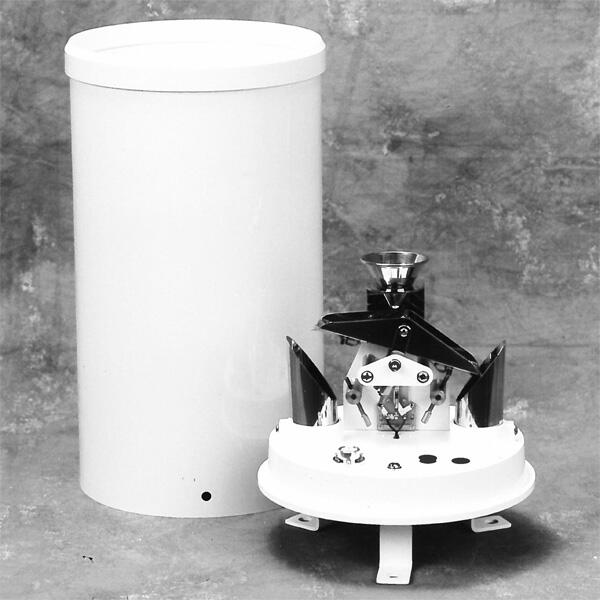
# Rain Gauge Description: Understanding Its Function and Design
A rain gauge is a simple yet essential tool used to measure the amount of precipitation that falls over a specific period. Whether you’re a weather enthusiast, a farmer, or a scientist, understanding how a rain gauge works and its design can provide valuable insights into weather patterns and water resources.
## What is a Rain Gauge?
A rain gauge, also known as a pluviometer, is an instrument designed to collect and measure the amount of liquid precipitation over a set area. It is one of the oldest meteorological instruments, dating back to ancient civilizations. The primary purpose of a rain gauge is to provide accurate data on rainfall, which is crucial for various applications, including agriculture, hydrology, and climate studies.
## How Does a Rain Gauge Work?
The basic principle behind a rain gauge is straightforward. It collects rainwater in a container and measures the depth of the water accumulated. The measurement is typically expressed in millimeters or inches, representing the height of the water if it were evenly distributed over a flat surface.
Most rain gauges consist of a funnel that directs rainwater into a measuring tube. The funnel has a specific diameter to ensure consistent measurements. The collected water is then measured using a graduated scale, allowing for precise readings. Some advanced rain gauges may include electronic sensors to automate the measurement process and transmit data remotely.
## Types of Rain Gauges
There are several types of rain gauges, each with its unique design and functionality. The most common types include:
### 1. Standard Rain Gauge
The standard rain gauge, also known as the manual rain gauge, is the simplest and most widely used type. It typically consists of a cylindrical container with a funnel at the top. The collected rainwater is measured manually using a graduated scale.
### 2. Tipping Bucket Rain Gauge
The tipping bucket rain gauge is a more advanced design that uses a mechanical system to measure rainfall. It features a small bucket that tips when it fills with a specific amount of water. Each tip corresponds to a known volume of rainfall, and the number of tips is recorded electronically.
### 3. Weighing Rain Gauge
A weighing rain gauge measures rainfall by weighing the collected water. As rainwater accumulates in a container, the weight increases, and this change is recorded. This type of gauge is particularly useful for measuring heavy rainfall and can provide continuous data.
### 4. Optical Rain Gauge
Optical rain gauges use light beams to detect and measure rainfall. When raindrops pass through the light beam, they scatter the light, and the intensity of the scattering is used to determine the amount of rainfall. These gauges are often used in automated weather stations.
## Importance of Rain Gauges
Rain gauges play a critical role in understanding and predicting weather patterns. Accurate rainfall data is essential for:
– **Agriculture:** Farmers rely on rainfall measurements to plan irrigation and manage crops effectively.
– **Hydrology:** Hydrologists use rainfall data to study water cycles, predict floods, and manage water resources.
– **Climate Studies:** Long-term rainfall records help scientists analyze climate trends and assess the impact of climate change.
– **Urban Planning:** City planners use rainfall data to design drainage systems and prevent flooding in urban areas.
## Conclusion
Rain gauges are indispensable tools for measuring precipitation and understanding weather patterns. Their simple yet effective design allows for accurate and reliable data collection, which is vital for various fields, from agriculture to climate science. Whether you’re using a standard manual gauge or an advanced electronic model, a rain gauge provides valuable insights into the natural world and helps us make informed decisions based on weather data.
Keyword: rain gauge description

Leave A Comment